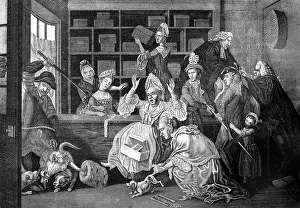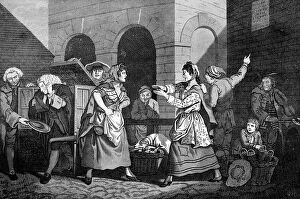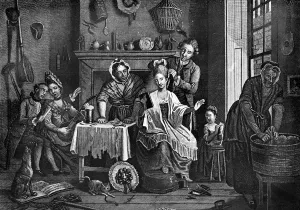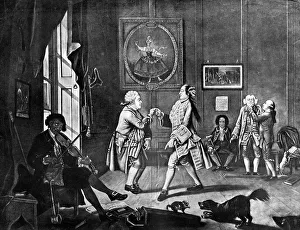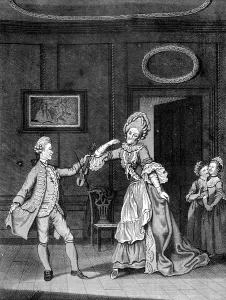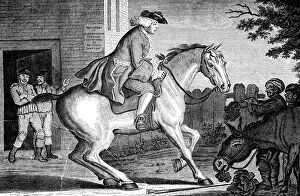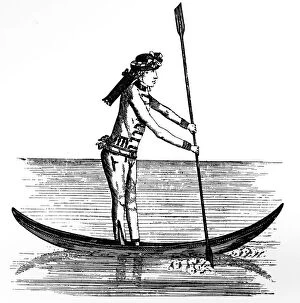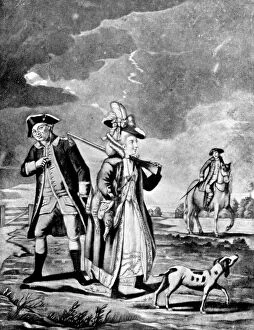John Collett Collection
John Collett was a renowned 18th-century artist whose captivating works depicted scenes from everyday life with a touch of humor and satire
All Professionally Made to Order for Quick Shipping
John Collett was a renowned 18th-century artist whose captivating works depicted scenes from everyday life with a touch of humor and satire. In "The Feathered Fair in a Fright, " he skillfully captured the chaos and excitement of a bustling fair, transporting viewers back to that era. Another notable piece, "Capt. Paul Jones shooting a Sailor who had attempted to strike, " showcased Collett's ability to capture intense moments with precision. Collett's talent extended beyond capturing action-packed scenes; he also excelled at portraying the quirks of society. In "A Taylor riding to Brentford, 1786, " we see his wit as he pokes fun at the fashion-conscious tailor on an unconventional mode of transportation. In "Miss Wicket and Miss Trigger, c1778 (1912), " Collett showcases his ability to depict charming female characters engaged in conversation or perhaps plotting mischief. Similarly, in "The Rival Milliners, 1770, " he humorously portrays two rival milliners vying for customers' attention. Collett's satirical edge is evident in pieces like "The Unwelcome Customer" (1772), where he highlights the annoyance faced by shopkeepers dealing with difficult patrons. He further explores societal dynamics in works such as "The Female Orators" (1768) and "High-Life Below Stairs" (1772), shedding light on gender roles and class distinctions during that time period. Not limited to social commentary alone, Collett also delved into dance culture through paintings like "Grown Gentlemen Taught to Dance" (1768) and its counterpart for ladies from 1750 by Rennoldson. These artworks offer glimpses into the world of formal dances while showcasing Collet's attention to detail. Throughout his career, John Collett left an indelible mark on art history with his unique blend of satire and observation.






